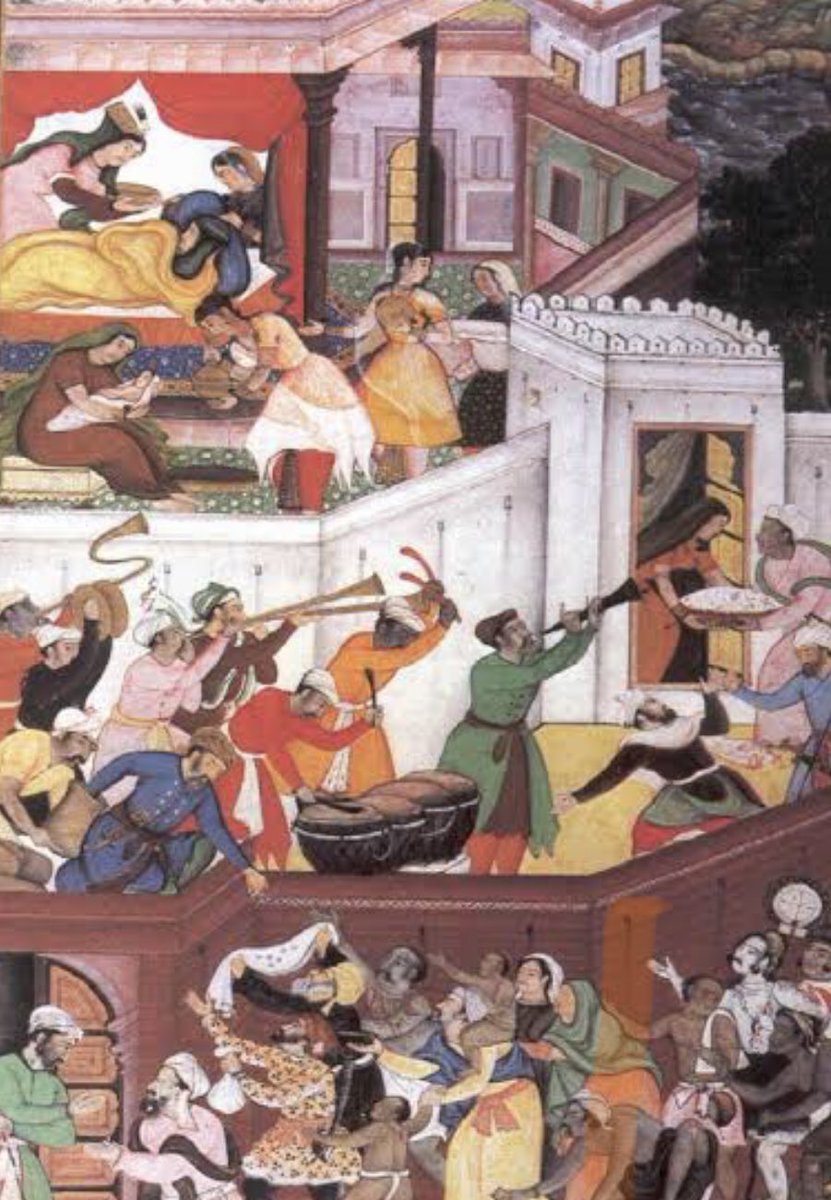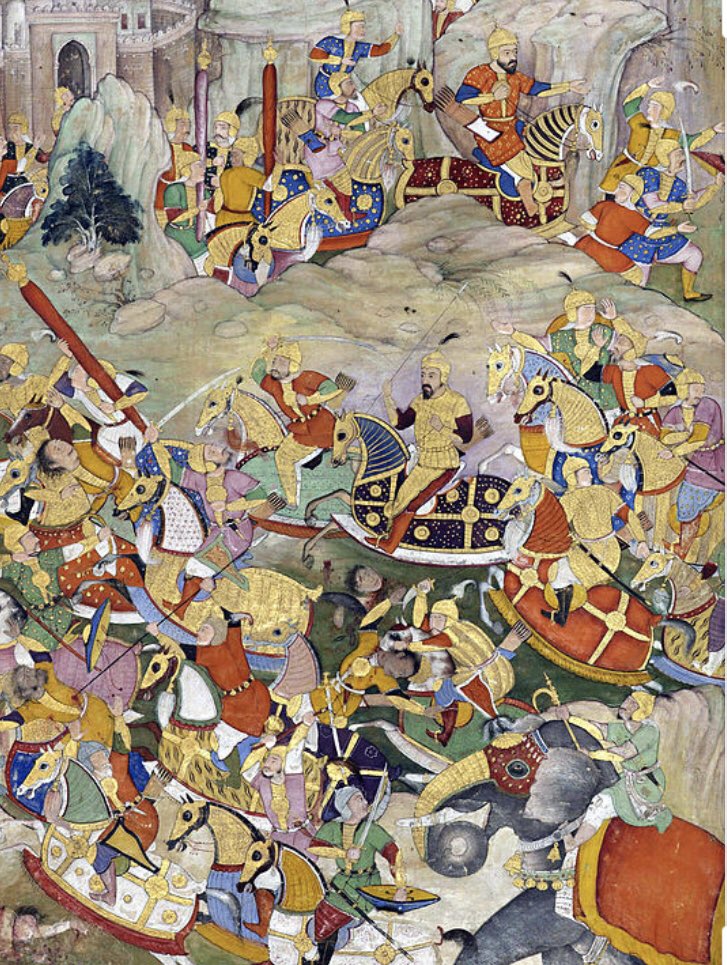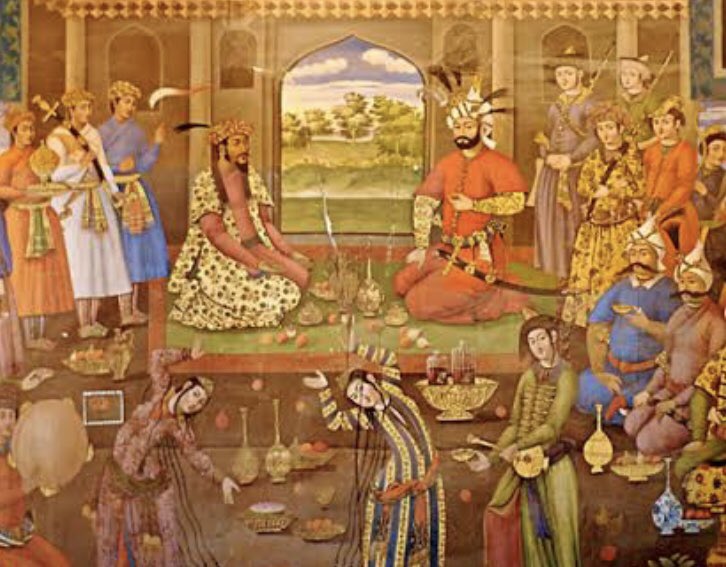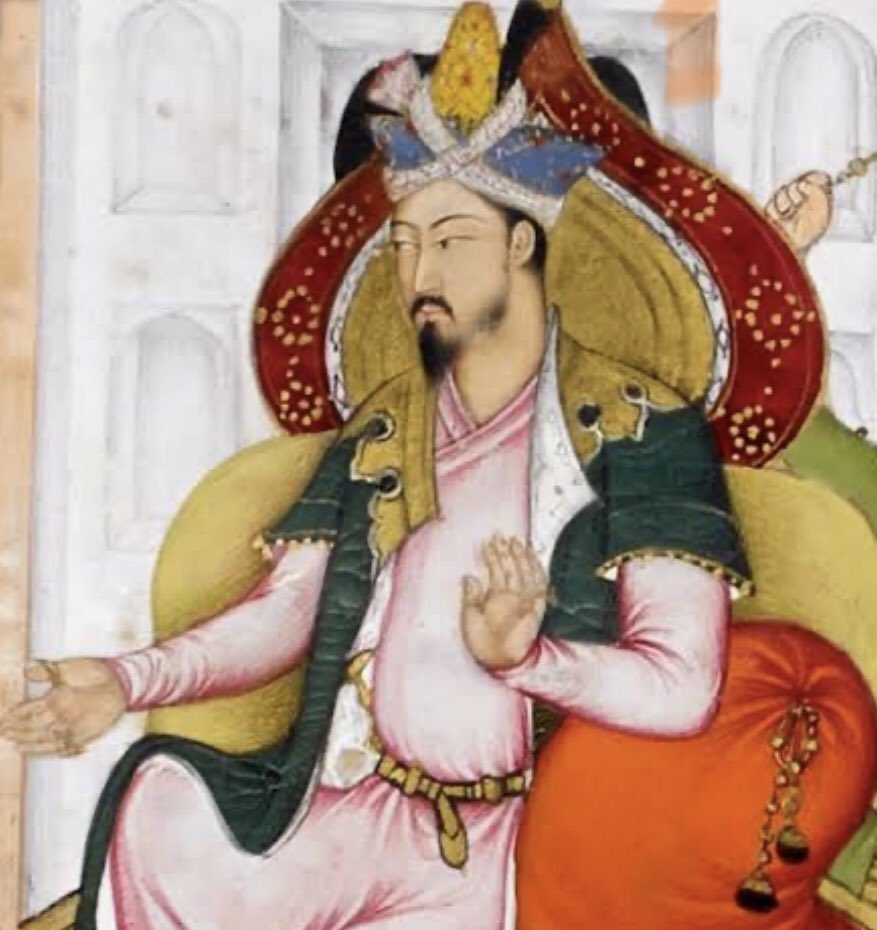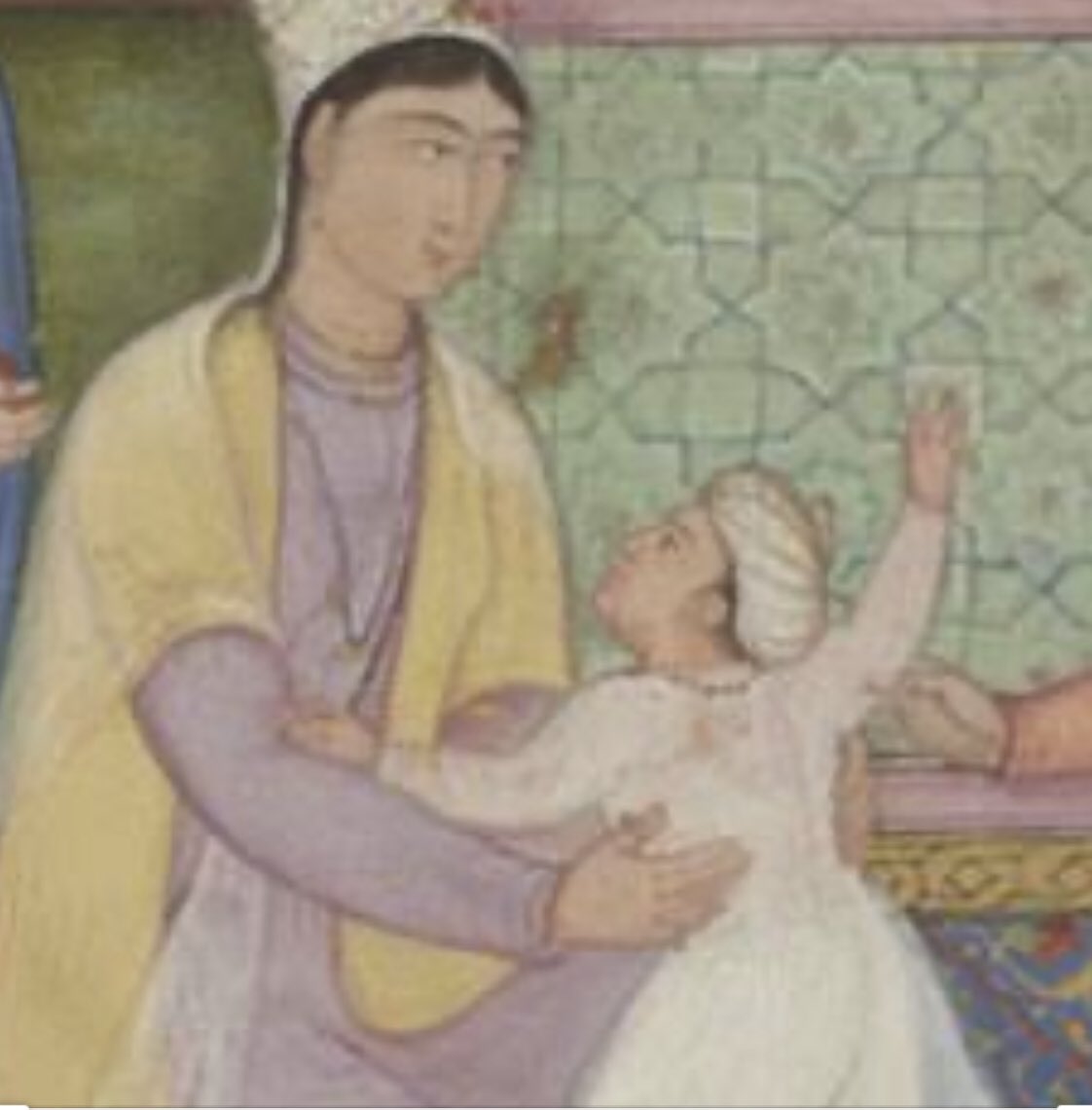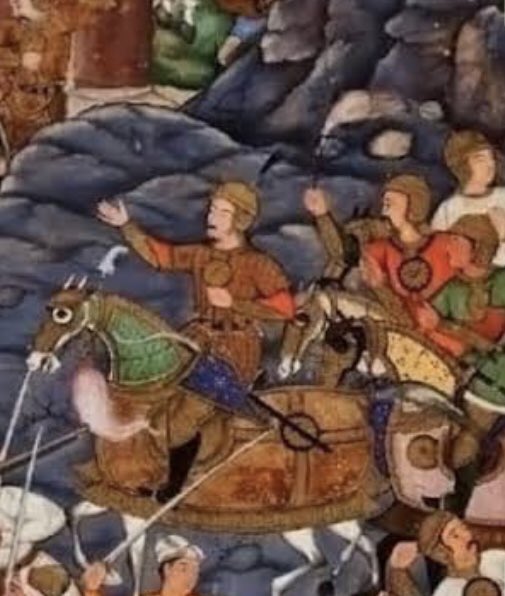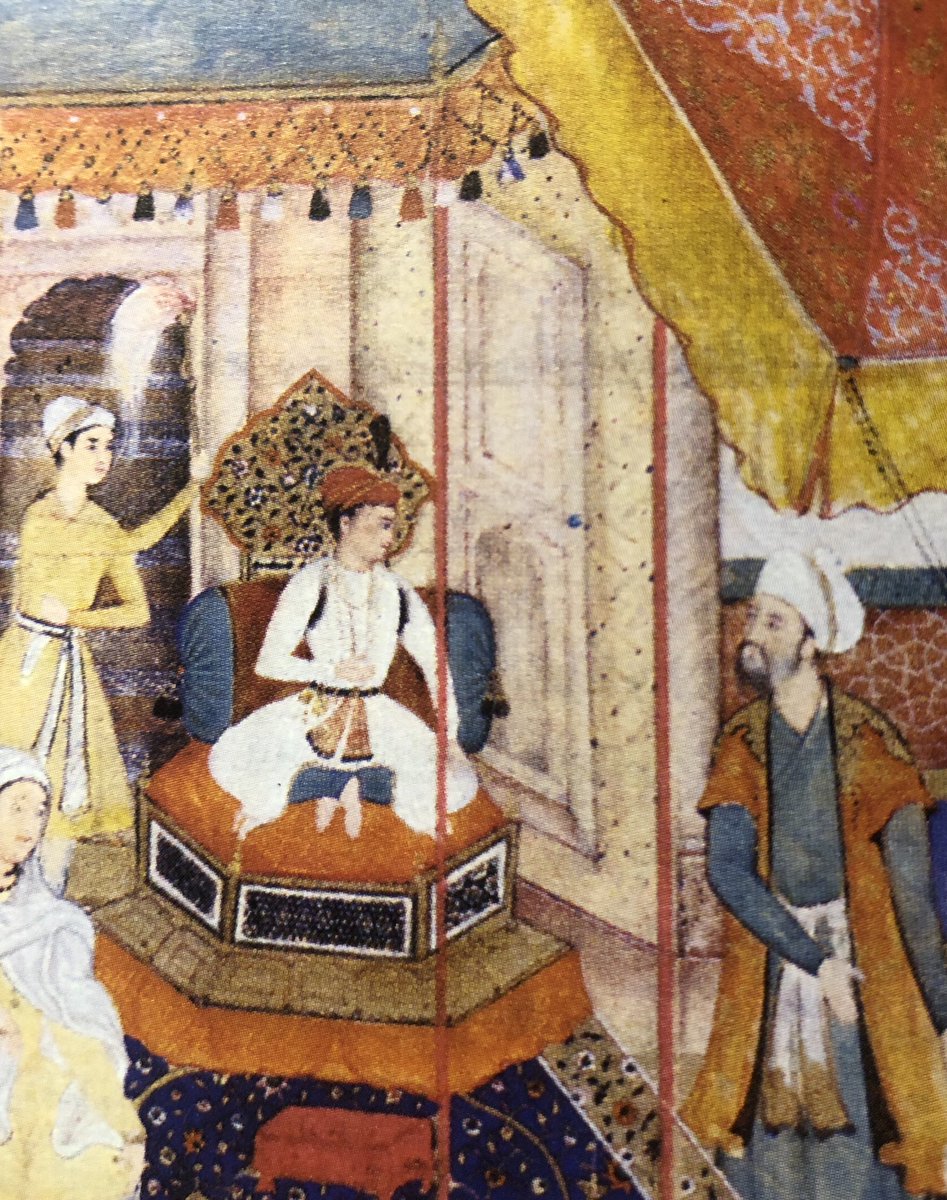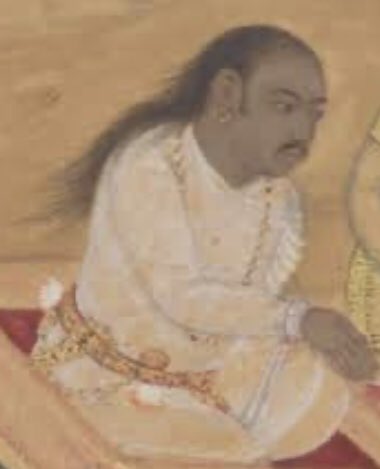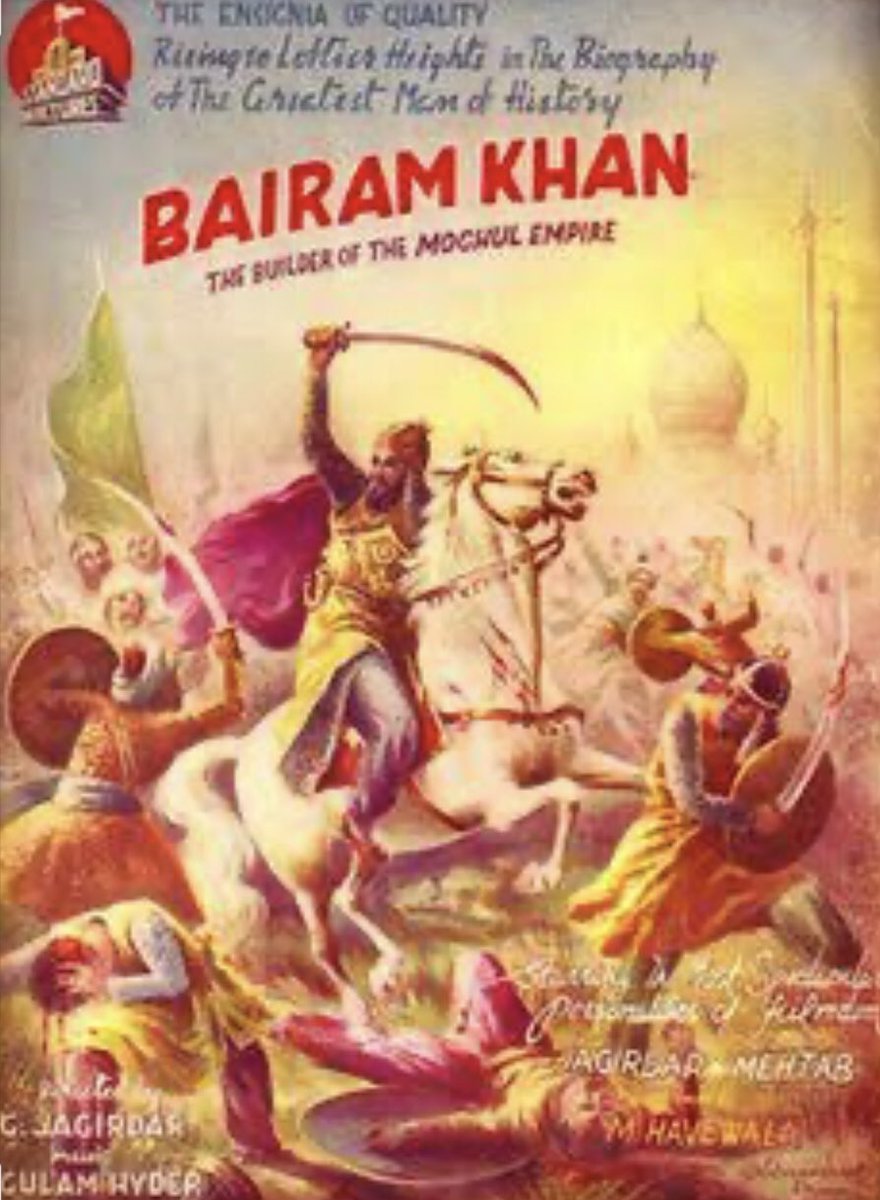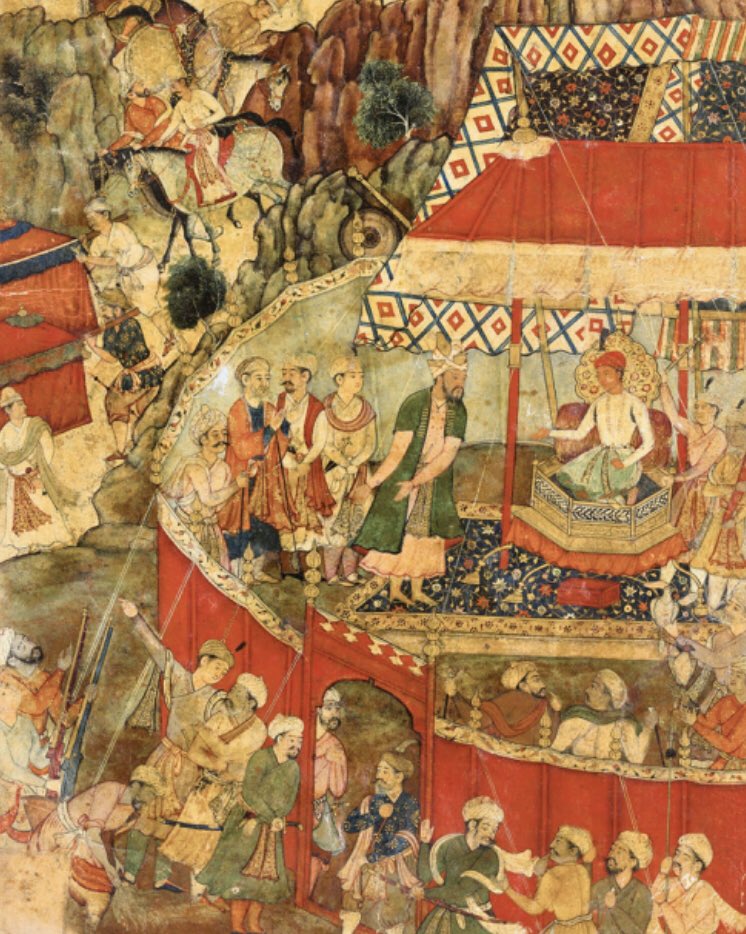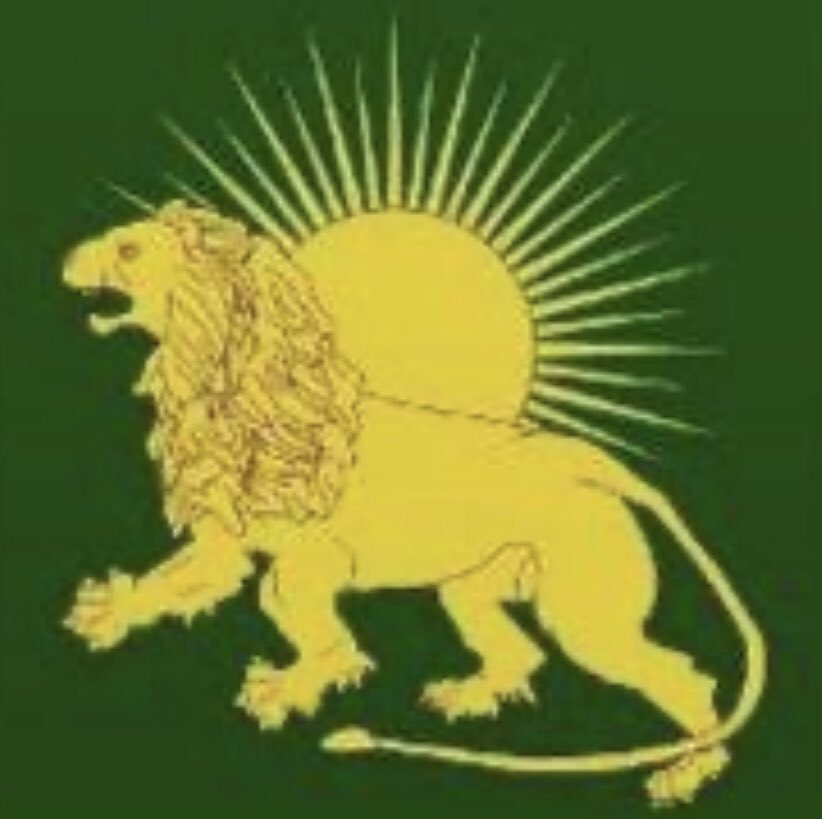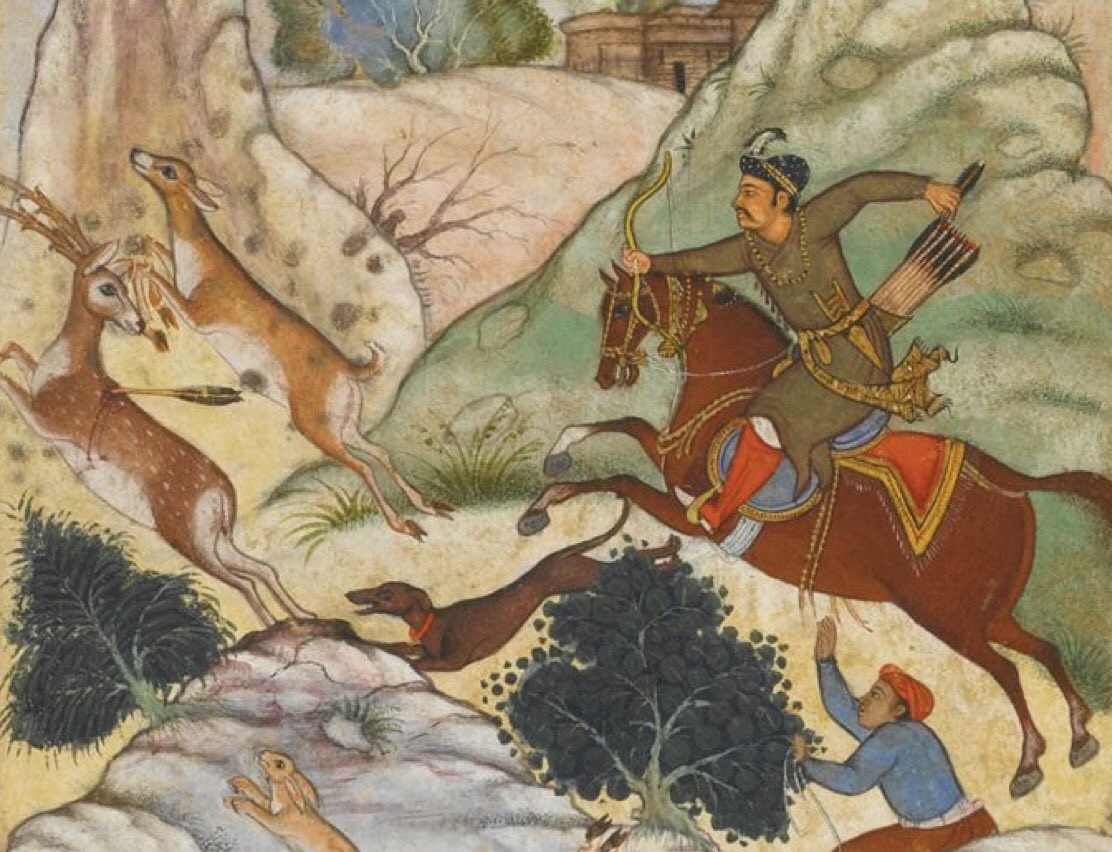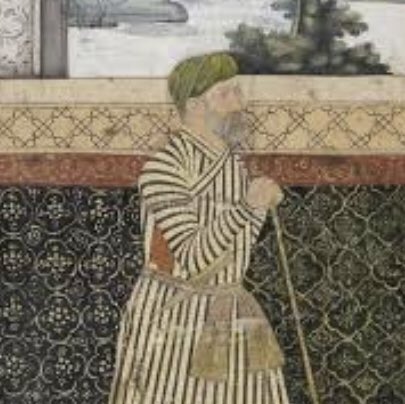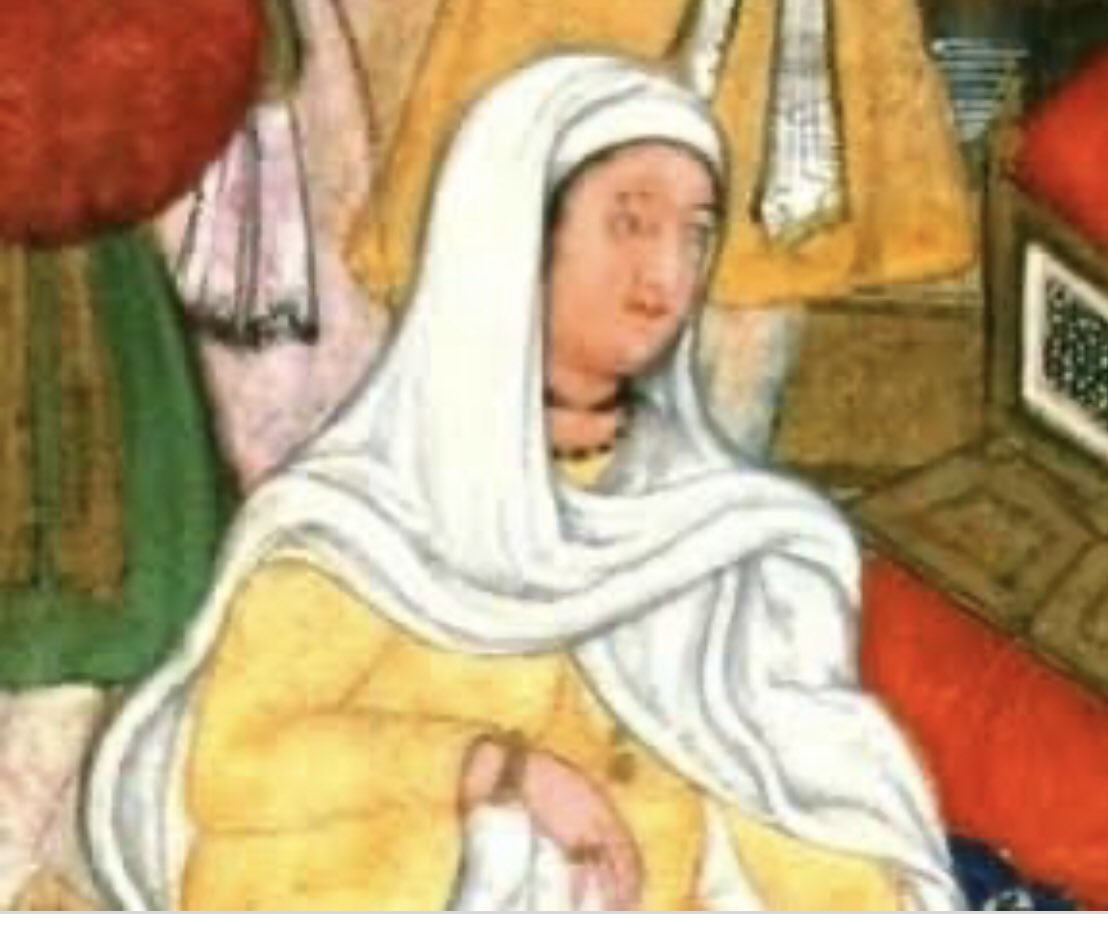The Emperor #Akbar, who came to be regarded as one of the greatest, most enlightened rulers in history was born Abu& #39;l-Fath Jalal-ud-din Muhammad Akbar on this day of 15th October, 1542 in the fort of the Sodha Rajput chieftain of Umarkot, Sindh.
A #Thread.
#Mughals #History
A #Thread.
#Mughals #History
Akbar’s father, Emperor Nasir-ud Din Humayun had lost the throne of Hindustan to the Afghan warlord Sher Shah Sur, following the battle of Kannauj in 1540 and was in retreat on the fringes of his erstwhile Timurid empire, founded by Babur (Akbar’s grandfather), in 1526.
#History
#History
Akbar’s mother, Hamida Bano was barely 16 when she delivered him. Of Iranian ancestry, Hamida Bano has often been mistaken for a Shia. She was descended from the spiritual mystic Maulana Ahmad of Jam and met Humayun when he first arrived in Sindh, in 1540-41.
#History
#History
Less than a year after his birth, Akbar (alongwith his sister), is left with his wards as Humayun and Hamida Bano are forced to seek exile in Safavid Persia.
The children are taken under the care of his aunt and of his grand-aunt Khanzada Begum, Babur’s elder sister.
The children are taken under the care of his aunt and of his grand-aunt Khanzada Begum, Babur’s elder sister.
In 1544, Humayun returned from exile in Persia and after defeating his estranged brothers Kamran and Askari was reunited with Akbar.
While Humayun re-consolidated his kingdom around Qandahar and Kabul he began planning for his return to India following Sher Shah’s death, in 1545.
While Humayun re-consolidated his kingdom around Qandahar and Kabul he began planning for his return to India following Sher Shah’s death, in 1545.
#Akbar was, by all accounts, an energetic and inquisitive child. He developed strong likes and dislikes early on in his life.
He was also a shirker when it came to academia and most of his time was spent hunting or outdoors, to the exasperation of his teachers.
He was also a shirker when it came to academia and most of his time was spent hunting or outdoors, to the exasperation of his teachers.
In mid 1555, shortly before he turned 14, Akbar accompanied his father on his successful reconquest of Hindustan.
Bairam Khan, Akbar’s atāliq (guardian), was appointed to accompany Akbar to quell rebellions in Punjab, while Humayun set about re-establishing his rule from Delhi.
Bairam Khan, Akbar’s atāliq (guardian), was appointed to accompany Akbar to quell rebellions in Punjab, while Humayun set about re-establishing his rule from Delhi.
In January 1556, Humayun succumbed to his injuries sustained in a fall from his library steps and on the 14th of February Akbar was proclaimed Emperor of Hindustan at Kalanaur in Punjab.
He was only 13 and his “empire” stretched from Kabul to Delhi with a sliver of the Punjab.
He was only 13 and his “empire” stretched from Kabul to Delhi with a sliver of the Punjab.
Akbar’s first challenge came from the Afghan general Hemu. Considered invincible he led the armies of Adil Shah - one of Sher Shah Sur’s successors - and soon overran Delhi.
The Mughals consolidated their forces in Punjab and wondered if a retreat to Kabul was prudent.
The Mughals consolidated their forces in Punjab and wondered if a retreat to Kabul was prudent.
The Afghans, heady from the capture of Delhi appeared on the plains of Panipat, where Akbar’s grandfather Babur had defeated a much larger Lodi army in 1526.
Mughal morale was low and this was Akbar’s first battle as (nominal) commander, though Bairam Khan was in-charge.
Mughal morale was low and this was Akbar’s first battle as (nominal) commander, though Bairam Khan was in-charge.
The second battle of Panipat commenced on 5th November 1556.
Despite strenuous efforts, the Mughals struggled to hold their ground and were facing defeat until a stray arrow struck Hemu, the Afghan commanders eye.
The wound proved fatal, and historically fateful.
#BattleOfPanipat
Despite strenuous efforts, the Mughals struggled to hold their ground and were facing defeat until a stray arrow struck Hemu, the Afghan commanders eye.
The wound proved fatal, and historically fateful.
#BattleOfPanipat
The Mughal victory at Panipat was followed by a 5 year period known as Bairam Khan’s Regency (1555-1560).
As Khan-e Khanān (Lord of Lords), Bairam Khan was de facto administrator of the day to day matters of state, while Akbar remained monarch whose assent was formally required.
As Khan-e Khanān (Lord of Lords), Bairam Khan was de facto administrator of the day to day matters of state, while Akbar remained monarch whose assent was formally required.
Among the crucial policies passed by the Mughal establishment at this time was the abolition of the Toll-Tax or the Tamgha, throughout the extent of Mughal dominions. The consequence was a long term increase in trade; domestic and external.
#Taxes
#Taxes
Approaching 18, Akbar was a restless, even troubled youth. With no father to guide him and a coterie of nobles and kinsmen eager to perpetuate their own survival and aggrandisement, Akbar sought relief in hunting, his elephants and his own, often melancholic, company.
Around this time a clique in the Mughal court began to ferment dissent against the Khan-e Khanan, Bairam Khan.
At first Akbar was not receptive to this internal power play, but a series of actions by Bairam Khan himself, pushed him into a corner, and open rebellion in 1560.
At first Akbar was not receptive to this internal power play, but a series of actions by Bairam Khan himself, pushed him into a corner, and open rebellion in 1560.

 Read on Twitter
Read on Twitter